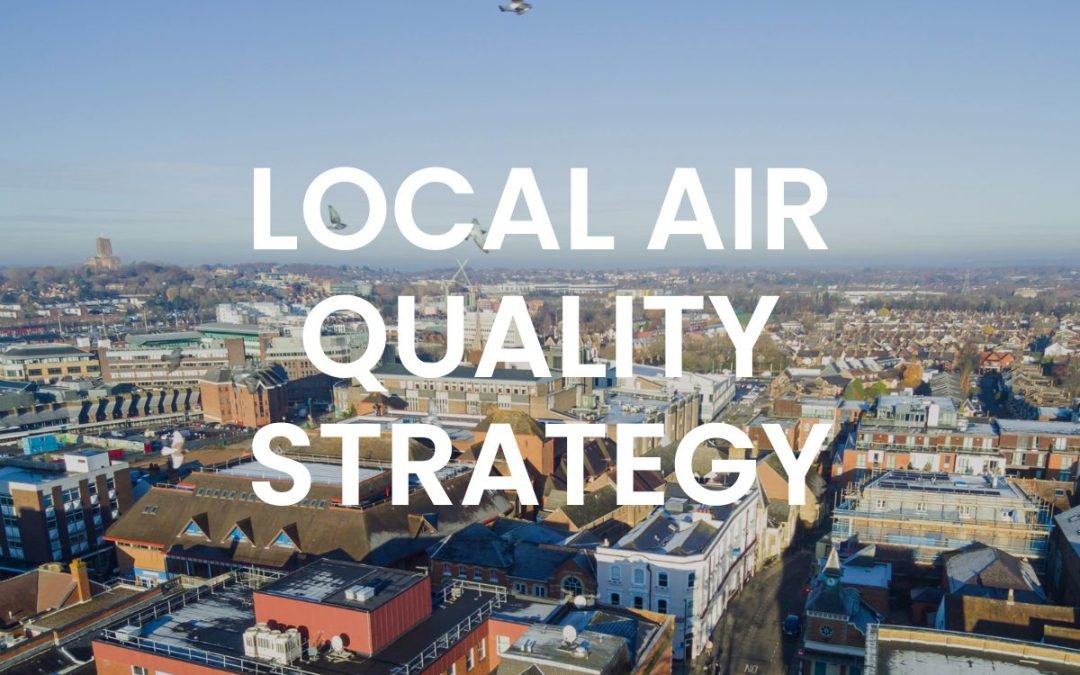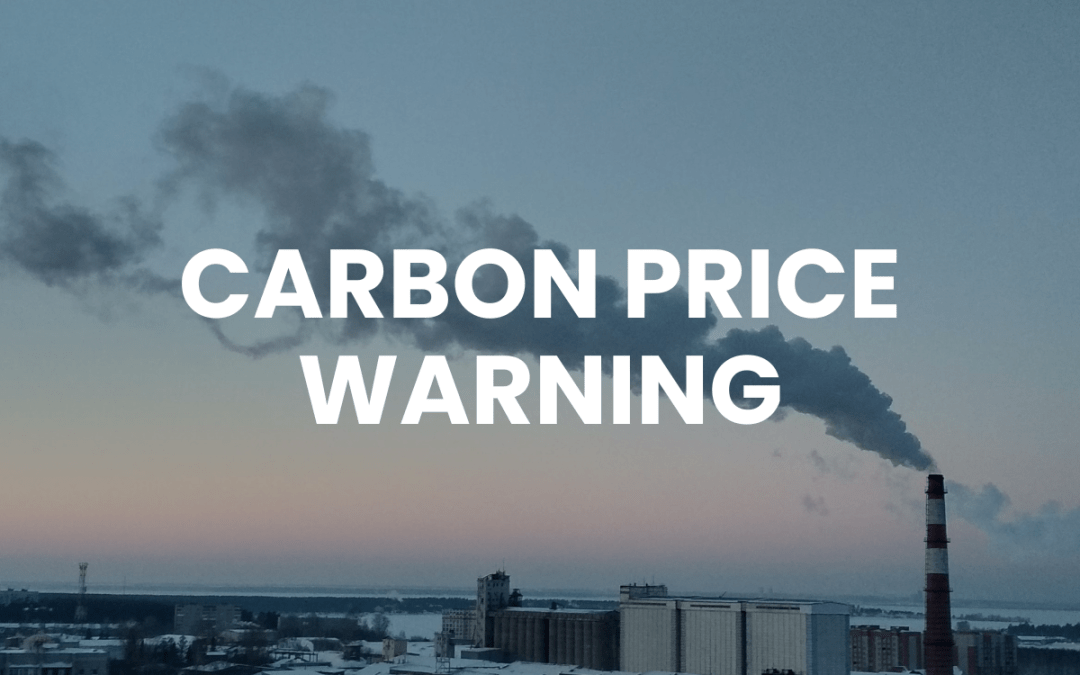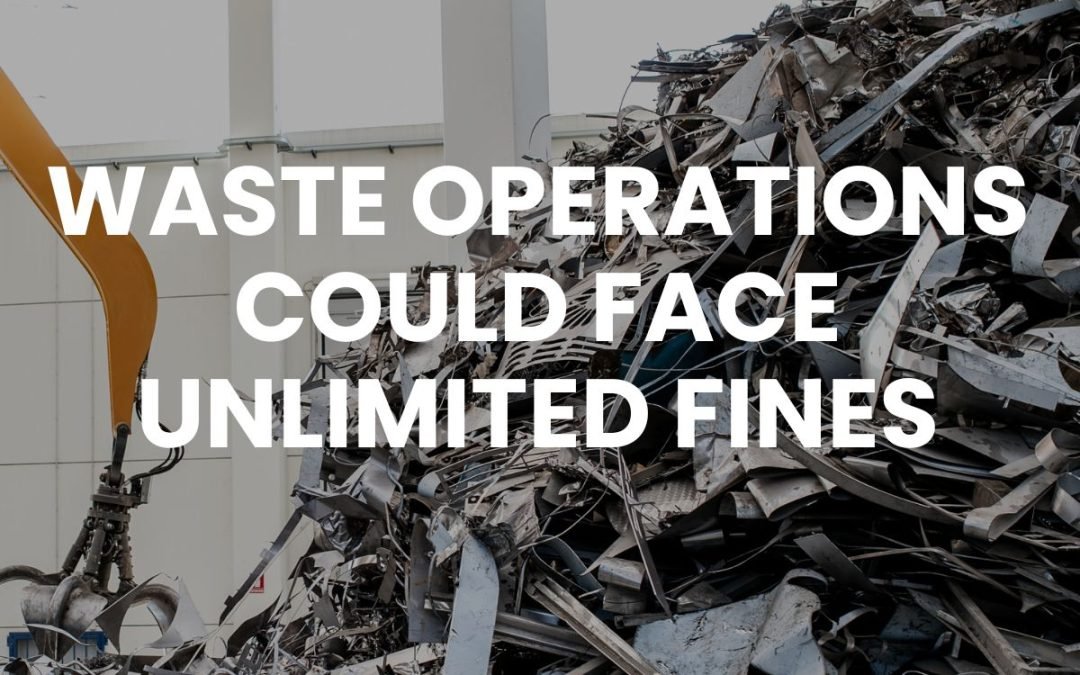Construction projects are under increasing pressure to reduce their air pollution levels and show they are aware of their environmental impact. The environmental impact of construction runs throughout the supply chain, from the types of raw materials used, to the delivery of materials, methods of construction, waste management, and equipment emissions.
The nature of the built environment affects the use of resources, the impact on community health, and the economy. It is therefore essential that the construction industry ensures sustainable and green development is at the heart of what they do.
Green Building
This is why there is an increased momentum towards sustainable construction and green building. The idea of green building has been proposed as a solution to how the construction industry can continue sustainably, balancing the need for development and looking after the environment. Recent evidence supports the theory that green building features can affect the health and wellbeing of site workers and also end-occupants. The World Health Organisation states that indoor environment quality can affect respiratory diseases, supporting the trend towards green building.
Taking steps to reduce emissions from buildings and structures can help to reduce pollution and improve the air quality for local residents. EMSOL can help companies to reduce air pollution, by offering targeted data insights into the specific causes of pollution on a site, helping teams to quickly reduce air pollution and simplify compliance.
Reducing the environmental impact of construction
Green building is all about promoting the efficiency of the building and protecting occupant’s health at the same time, thereby reducing the environmental impact. Green building includes the following:
- – Improved air quality
- – Better lighting
- – Improved energy efficiency
All this results in more sustainable and productive communities and environments, and can even drive economic growth and employment.
If the pandemic has taught us anything, it is that we must value our spaces and make sure they work for us in a flexible and sustainable way. Space is at a premium, and more and more construction sites are in the middle of densely populated areas. The Government is keen to ensure construction is sustainable and has positioned itself as a global sustainability leader by hosting the COP26 Climate Change Conference. They have also developed the Construction Playbook and 10 Point Plan for a Green Industrial Revolution.
In addition to the Government, the public and private sectors are also in support of green building, including finance and investors:
- – Aviva has confirmed that it will not support investors who do not adhere to decarbonisation targets.
- – Citigroup has announced that it plans to reduce greenhouse gas emissions to net-zero by 2050
- – Wells Fargo have also set a net-zero gas emission goal by 2050
There is increasing pressure on the construction industry to reduce emissions and air pollution levels and deliver future-ready developments. Those companies which are able to deliver carbon-neutral developments and buildings will attract investors and funders who will be keen to ensure they meet their own public commitments to reducing emissions. The continued trend towards green building and the supporting evidence makes it clear that the procurement of healthier built environments needs to be high on the agenda of the construction industry.





